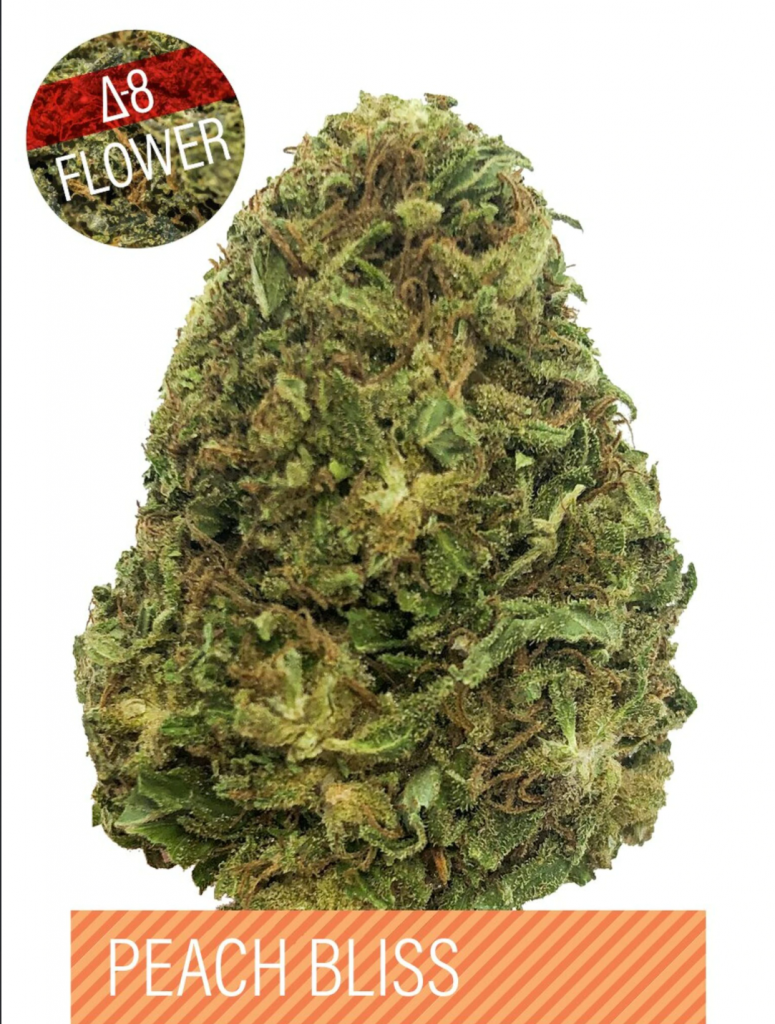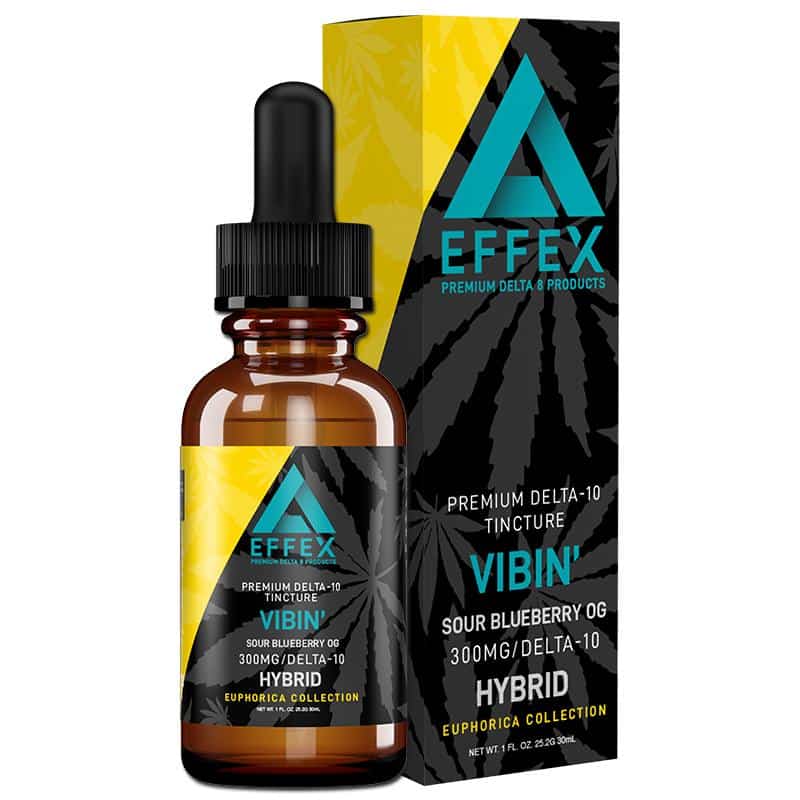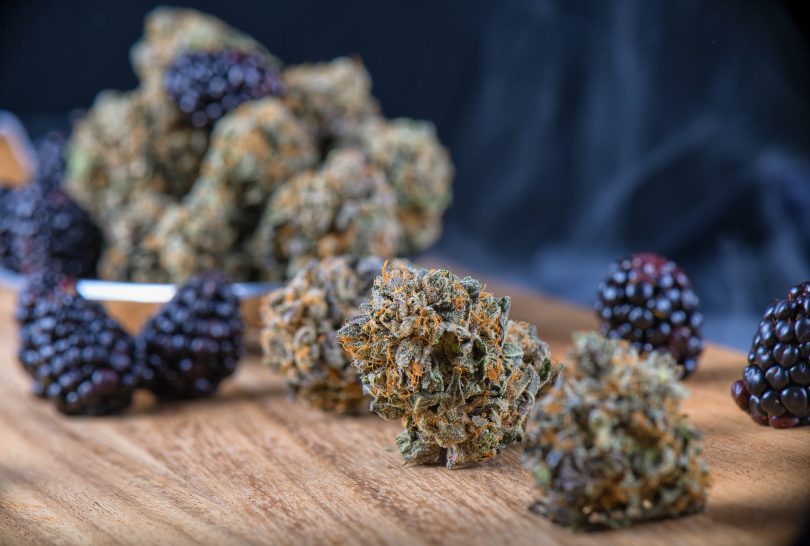By now we’ve all heard the old stoner adage, sativa for energy and alertness, indica for sleep and relaxation – however, now we know that these categorizations hold little, if any, value or accuracy. Although they have some different characteristics during cultivation (sativas are usually tall and lean while indicas grow short and bushy), genetically, there is not much difference between sativa and indica strains, they’re basically all hybrids. The real variation lies in the different blends of cannabinoids, terpenes, and other compounds in each plant. Looking at it with this newfound knowledge, are there certain terpenes work best at different points in the day?
Are you a cannabis aficionado who would like to learn more this incredible plant, about the best terpenes for sleep, or to gain access to exclusive deals on flowers and other products? If so, make sure to subscribe to The CBD Flowers Weekly Newsletter for the best of the best that this industry has to offer.
Dispelling the indica vs sativa myth
Dr Ethan Russo, Director of Research and Development for the International Cannabis and Cannabinoids Institute (ICCI), a well-renowned researcher and industry leader, has this to say on the matter: “There are biochemically distinct strains of Cannabis, but the sativa/indica distinction as commonly applied in the lay literature is total nonsense and an exercise in futility.” Let me explain further.
While cannabis has been cultivated for thousands of years, as far back as 8000 BCE according to some research, the terms indica and sativa weren’t introduced until sometime during the 18th century. The term ‘sativa’ is a Latin botanical adjective meaning cultivated. ‘Cannabis Sativa’ was eventually became the common term used to describe low-THC plants being grown for seed and fiber in Europe and western Eurasia, because that was the type of cannabis that was being cultivated at the time. Cannabis Indica was assigned to psychoactive varieties discovered in India, where it was cultivated for religious purposes, processed into hashish, and the seeds and fiber were utilized as well. So far, the differences are purely regional and have nothing to do with the effects of each type.
Have you ever tried Delta 8 Flowers?

To add to the confusion, there are actually two types of Cannabis Indica; Cannabis indica ssp. Indica and Cannabis indica ssp. Afghanica. Most THC-rich cannabis consumed today is one of these two types. However, the terms Indica and Sativa have somehow been mixed up over time and are now used in a completely different manner. In fact, what most people these days call ‘sativa’ is actually Cannabis indica ssp. Indica – a tall, narrow-leaf variety of cannabis; and what they call call indica is actually Cannabis indica ssp. Afghanica. – a smaller, broad-leaf plant. Both of which are high in THC.
Therefore, Dr. Russo suggests that “since the taxonomists cannot agree, I would strongly encourage the scientific community, the press, and the public to abandon the sativa/indica nomenclature and rather insist that accurate biochemical assays on cannabinoid and terpenoid profiles be available for Cannabis in both the medical and recreational markets. Scientific accuracy and public health demand no less than this.”
This brings us back to the bigger picture, if you’re choosing strains (whether for medical or recreational purposes) based on the sativa/indica classifications, then you’re doing yourself a disadvantage. You will need to look at the entire package instead – strain origin and genetics, terpene and cannabinoid content, and levels of minor compounds. All of play together – a phenomenon known as the entourage effect – to produce the highest level of benefits this plant has to offer.
What are terpenes?
Terpenes are a very large and diverse class of organic compounds that are produced by a wide variety of plants including herbs, trees, flowers, and fruit. In cannabis, they are secreted by the same glands that produce some of the most prominent cannabinoids including THC and CBD; but their role and effects are vastly different. Terpenes are aromatic plant oils that, when combined with other plant compounds, create a limitless palate of scents and flavors. In nature, terps serve as a defense mechanism by deterring herbivores who are turned away by the smells, and by attracting predators and parasites that attack herbivores.
Chemically, terpenes are hydrocarbon and they are the major component of rosin, a waxy type of sap that produced and developed throughout the life cycle of the cannabis plant. There are curing processes that can improve the final quality and content of the terpenes, but other factors that impact their development are climate, weather, age and maturation, fertilizers, soil type, and light cycles.
NEW: DELTA 10 THC

As far as cannabis goes, terpenes – not classification – are the key to differentiating the effects and flavor of a strain. Some terpenes are relaxing, like those found in lavender, while others are energizing, like the terps abundant in citrus fruit. Some smell fruity, some are piney, and others are musky. The possible variations are endless. So far, over 100 different terpenes have been discovered in cannabis plants alone, and each strain typically has its own unique blend and composition of terps.
Terpenes have long been known to hold great therapeutic value, and some of the more common ones – like limonene, pinene, and caryophyllene – have been studied more extensively, considering they’re found in many different types of legal plants. More research is needed to determine the extent of their medicinal effects when combined with other cannabis plant compounds.
Best terpenes for sleep
Roughly 70 million Americans suffer from chronic sleep problems. If your goal is to sleep better, consider the following terpenes that have been found to be beneficial for those with insomnia, anxiety, and other disorders that impact sleep and restfulness.
Terpinolene – This is known as the least common terpene, so naturally, it can hard to find strains and products high in this compound. It the limited research available on terpinolene, it’s been discovered that this terp not only has powerful sedative effects, but it also has anticancer and antioxidant properties. It can be hard to pinpoint the exact flower and aroma produced by terpinolene, but one word that is commonly used to describe it is “fresh”. Although rare in cannabis, it does appear in other plants like lilac, tea tree, nutmeg, cumin, and apples.
Looking for the BEST Delta 8 THC Deals?

Myrcene – To contrast the previous listing, myrcene is one of the most abundant compounds found in cannabis is myrcene. Aside from cannabis, myrcene is found in hops and is the reason certain beers have a bold, balsam flavor. Myrcene is also abundant in lemongrass, which has been used in traditional folk medicine for hundreds of years. Beyond its use as a sleep aid, myrcene is a very effective anti-inflammatory compound, so it can be used in the treatment of a myriad of health conditions.
Caryophyllene – This piquant terpene is most commonly found in pepper, cloves, and other spices; and despite the notion that spice correlates with alertness, the opposite is true when it comes to caryophyllene. It’s known to be a beneficial sleep aid and pain reliever. Caryophyllene’s main distinction is that it’s the first known dietary cannabinoid, meaning the FDA has it listed as being generally safe for human consumption and a bit more research is available on this than most other terpenes. It is also one of the first known, non-cannabinoid compounds that binds directly to the Endocannabinoid receptors of the human body.
Best terpenes for energy
A lack of energy throughout the day can be detrimental to how much you accomplish. I know for me, it can be unbelievably hard to focus if I’m feeling listless. The following terpenes have been found to help boost energy levels, among many other health benefits.
Terpineol – Terpineol is a bit different than other terps, in the sense that the name itself refers to any combination of four monoterpene alcohol isomers (the most common being α-terpineol) occurring naturally in over 150 plants. Besides cannabis, terpineol is found in lime blossoms, eucalyptus sap, and cardamom. It has an earthy, sometimes fruity and floral scent and can be used medicinally to boost energy, and alleviate stress and anxiety. Interestingly, terpineol is also expressed in pine oil, so it’s frequently found in cannabis strains that high are in pinene.
Pinene – As the name suggests, this terp has a sweet, sharp, piney aroma and is the most abundant terpene in… you guessed it: pine trees! It’s known to enhance memory retention, improve alertness, reduce inflammation, and improve energy levels and ability to focus. It’s also found in other species of conifer trees, rosemary, dill, basil, and parsley.
Limonene – This aromatic terpenes is most commonly found in lemons, limes, and oranges; and is responsible for the fruity, citrusy taste found in many of the most sought-after cannabis strains. Limonene is such a popular terpene that you can find citrus scents almost everywhere: in cosmetics, soaps and household cleaning products, air fresheners, baking extracts, cooking sauces, and more. Therapeutically, it has long been used to elevate moods and battle mental health disorders, bump up energy levels, and relieve certain digestive conditions like gastric reflux.
Final thoughts
If I were to drive one point home from this article, it’s that terpenes are by far one of the best thing about cannabis, and plants in general. Don’t overlook these beneficial compounds just because they’re not marketed as heavily as cannabinoids. If it wasn’t for terpenes, cannabis would not be the plant we all know and love – it would be lacking the distinct flavors associated with weed as well as the many of the medical and recreational effects. As you can see, they have many different health benefits, some can be used for sleep while others are great for boosting energy and improving focus. Either way, they are much more important than ad campaigns would have you believe.
If you’d like to learn more about terpenes, cannabinoids, and all things relating to cannabis, make sure to subscribe to the CBD Flowers Weekly Newsletter, where you can have access to more articles like this one, as well as exclusive deals on flowers and other products.









